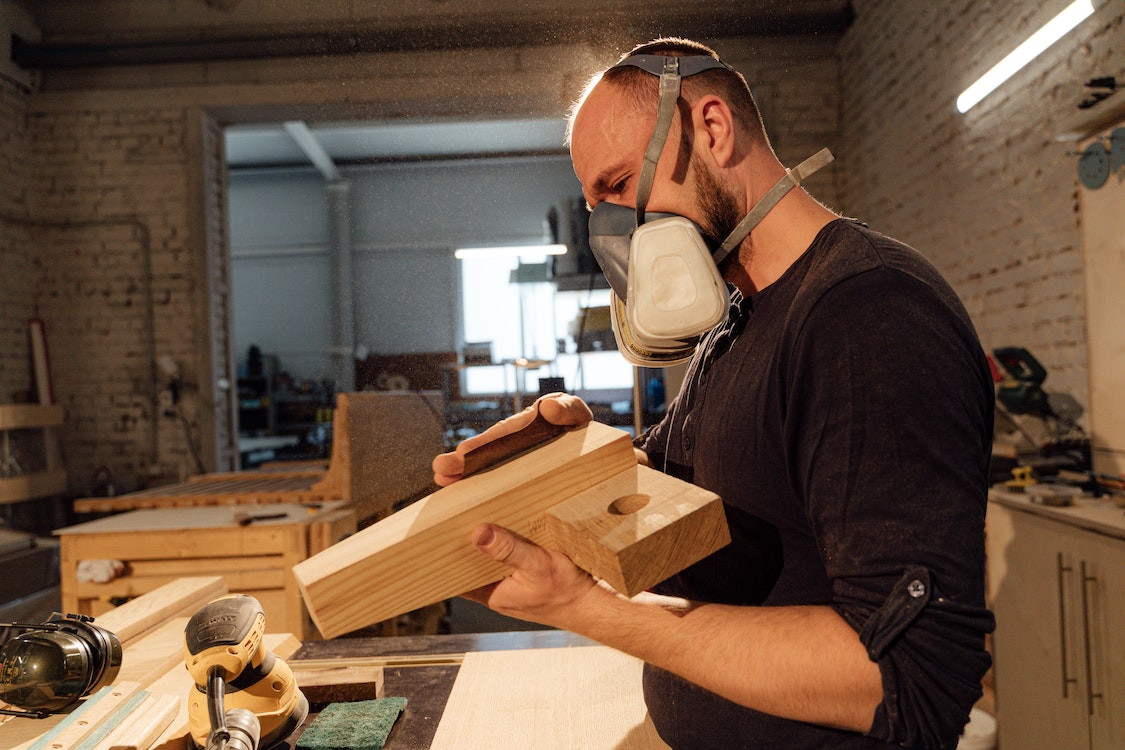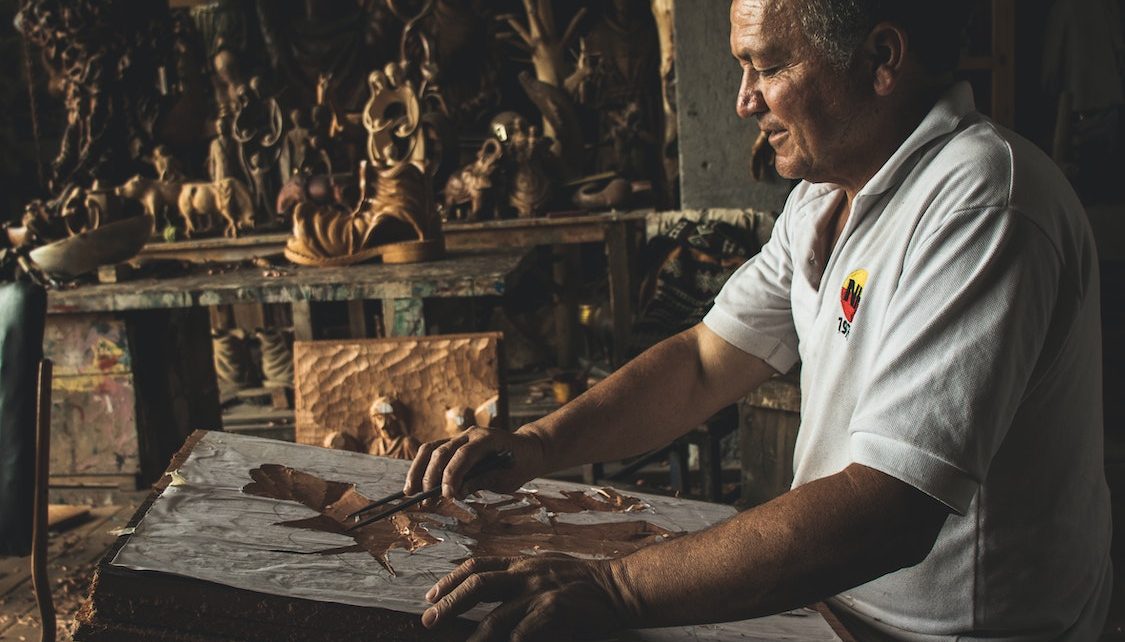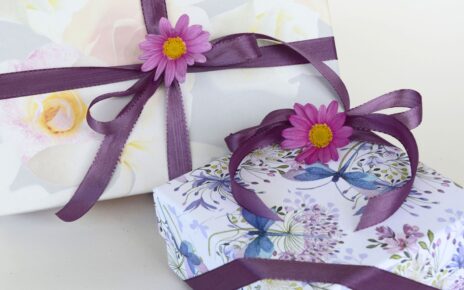Whether you are planning a DIY project or construction, understanding the different types of wood to choose from can make all the difference. Different types of wood have specific characteristics that make them better or worse for various projects.
Pressure-treated lumber comes from southern yellow pine and Douglas fir. It is highly rot-resistant and insect-resistant.
Hardwood
Wood is an incredibly versatile material that can be used in everything from constructing houses and flooring to crafting furniture. But did you know that not all wood is the same? There are different types of hardwood, softwood and pine. Understanding what distinguishes these woods can help you determine which type is best for your next project.
The most common types of hardwood include oak, mahogany and teak. Hardwoods are characterized by their heavy grain and natural oil content, which make them more durable than softwoods. They are also typically more expensive than softwoods.
Hardwoods consist of deciduous trees, while softwoods are derived from coniferous trees. The most popular species of softwood include spruce, fir and pine. However, there are many varieties of each of these species, which can differ in color, strength and grain pattern.
Generally speaking, hardwoods are thicker and more dense than softwoods. They are also harder to scratch or dent than softwoods. Softwoods lack vessels in their xylem cells, which makes them less resistant to water. Because of this, they are usually lighter in weight than hardwoods.
The ash tree is an excellent example of a hardwood. Its high strength-to-weight ratio makes it a top choice for baseball bats and tool handles. Its dense structure makes it a good choice for furniture, cabinets and flooring.
Poplar is another type of hardwood. Although it is not as decorative as other hardwoods, it does take paint remarkably well. This makes it a common choice for painted cabinet face frames and doors. It is also a good option for plywood layers and upholstered furniture frames.
Another common type of hardwood is eucalyptus, which is found in the southern United States and parts of Australia. It has a distinctive grain and is known for its durability under exposure and resistance to termites and insect damage. It is also very easy to work with and takes stains and finishes well. The wood is harvested from well-managed forests, independently certified in accordance with the Forest Stewardship Council standards. This ensures the sustainability of the species and the protection of wildlife habitats.
Softwood
The terms hardwood and softwood are used often, but their meanings are sometimes misunderstood. The difference has nothing to do with how hard or soft the wood is — it actually has everything to do with how it grows. Softwoods are obtained from evergreen trees with needles or cones, while hardwoods come from deciduous trees that produce a fruit or nut. This means that while hardwoods tend to be denser, they actually have less to do with how hard the wood is.
Softwood is a versatile material that can be used in many different applications. It is also often more economical than hardwoods, which can make it a great choice for those on a tighter budget or who plan to resell their work.
One common type of softwood is pine. This species comes from a number of different trees, including sugar, white, ponderosa and southern yellow pine. The wood is typically soft and light in color, with truly knotty pieces marketed as “knotty pine” while non-knotted pieces are called “clear pine.” And as seen on alderferlumber.com, what you see is definitely what you get.
The key benefit of working with pine is its durability. This wood is strong and resistant to rot, insect damage and moisture. It is also incredibly flexible, making it easy to cut and to work with. The wood is also very porous, allowing it to absorb finishes like varnish, urethane or paint well.
Pine is a good choice for a wide variety of home renovation projects because it is both sturdy and affordable. The sturdiness of pine is made possible by its high fiber density and its long, strong roots. The wood is also relatively lightweight, and it easily absorbs nail and screw fasteners. This makes it ideal for a variety of building applications, from furniture to flooring and more.
Pine can be modified in a number of ways to make it more durable and harder than its natural state. For example, products such as LIGNIA(r) and ThermoWood(r) start out as FSC(r)-certified Radiata pine before being treated with resin and kiln dried under high temperature and pressure. This results in a hardy, decay-resistant product that resembles tropical hardwood.
Spruce

Spruce is a coniferous evergreen tree that produces short, angular needle-like leaves. It is an important timber species in the United States and is commonly used to make quality boxes and crates. The wood also holds nails and screws well and resists rot when treated. It is relatively easy to work with, although its close grain can yield blotchy results when stained.
The wood’s strength-to-weight ratio makes it an ideal material for shipping and packaging, as well as interior finishes and millwork. It is also a popular choice for making musical instruments. However, spruce is less sustainable than other hardwoods when it comes to logging and transportation because of its reliance on electricity to operate sawing machines and trucks. The carbon footprint of this step varies depending on the type of vehicles used and how far they travel.
When it is harvested from its natural forests, spruce has the potential to be sustainable, especially when it is recycled for other uses or upcycled into new items. However, this is only possible if the timber is sustainably managed and sourced from mature trees that can grow back quickly. Otherwise, it may be more sustainable to use wood products that have been made from other timbers.
The word spruce derives from the Latin spicium, meaning “spicle.” It is also a verb that means to trim or sharpen up something; to make it look neat and tidy. For example, you might spruce up your living room before guests arrive by cleaning it and putting away all the clutter. The word has also been used figuratively, as in “spruce up one’s appearance” by suggesting that you dress more stylishly. Using the verb to describe someone’s appearance can be seen as tacky, but it has also become a popular way to compliment someone’s style. This usage has probably contributed to the popularity of sprucing up as an adjective and a noun.
Pine
Pine is a soft wood that’s found all over the United States. It has a reputation for being “builder grade” or somehow subpar, but it’s actually an excellent choice for woodworking projects. It’s easy to work with hand tools, machines well and takes paint or stain very nicely. Plus, it’s available at most home stores and leaves your workshop with a lovely aroma.
Pine comes from a variety of species, including sugar, white and ponderosa pines. It’s less dense than other hardwoods, so it can be sanded to smooth surfaces, though it doesn’t offer much bug or rot resistance.
It’s an evergreen coniferous tree with needle-shaped leaves and cones. Some varieties produce edible pine nuts, while others yield timber and turpentine. Pine trees grow quickly, so they’re easy to cultivate. This fast growth makes them a more affordable option than hardwoods like oak.
Although it’s a softwood, pine is strong and remarkably durable for its size. It can be used for furniture, cabinetry and paneling. It’s also a standard material for lumber, framing, veneer, plywood and lining. Knotty pine was popular in the 1960s, and it’s still used today for home decors to create a retro style.
You can identify pine by its color and bark texture, as well as the shape and length of its needles. Most pines have thick, scaly bark, while some have thin, flaky bark. They also produce branches in regular “pseudo whorls” that look like a ring of branches extending from the same point. Some pines are uninodal, producing one whorl each year from buds at the tip of their branches, while other varieties are multinodal and produce two or more whorls per year.
Pine’s sap is an excellent solvent, so it’s a common ingredient in paint and varnish. It’s also a common ingredient in medicinal treatments for arthritis, asthma and rheumatism. However, there isn’t enough evidence to rate pine for effectiveness as a treatment. In addition, it’s not recommended for use during pregnancy or while breastfeeding.





